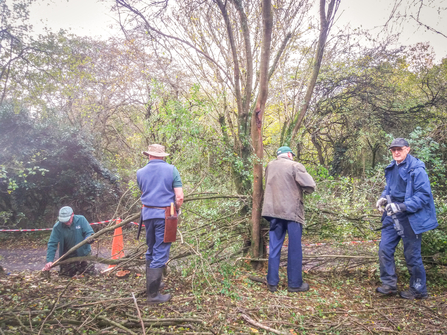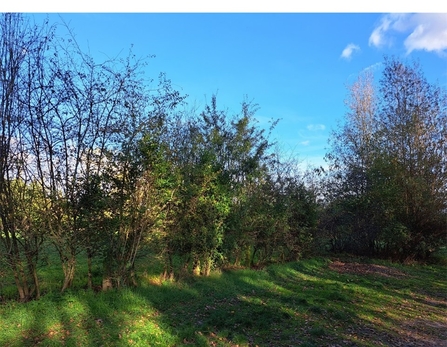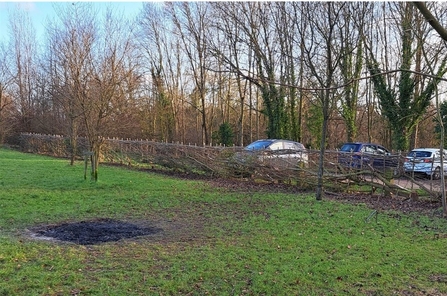Hedgelaying is a traditional country skill and art form, used for hundreds of years to maintain healthy, stock-proof hedgerows in the UK. It involves partially cutting down young trees so they can lie at an angle while still growing from the base. This allows the hedges to become thicker and healthier than a standard trimmed hedge.
Hedgelaying diversifies the rural habitat and a well-laid hedge can offer both a prime habitat and a safe corridor for many birds and small mammals.
Hedgelaying was first recorded by Julius Caesar nearly 2,000 years ago, when he described encountering thick, woven hedges in Belgium. Hedgelaying declined after the 1939-1945 war due to many factors such as the availability of labour, the introduction of machines to cut hedges, wire fences and changes in agriculture that placed emphasis on production.
By the 1960s hedges were declining at an alarming rate. Lack of maintenance meant that hedges became tall and gappy with sparse growth at the base; in effect a line of trees. Many hedges were grubbed out to make larger fields that could be more efficiently managed by bigger machinery. This led to a loss in biodiversity and connectivity for wildlife across the rural landscape.




